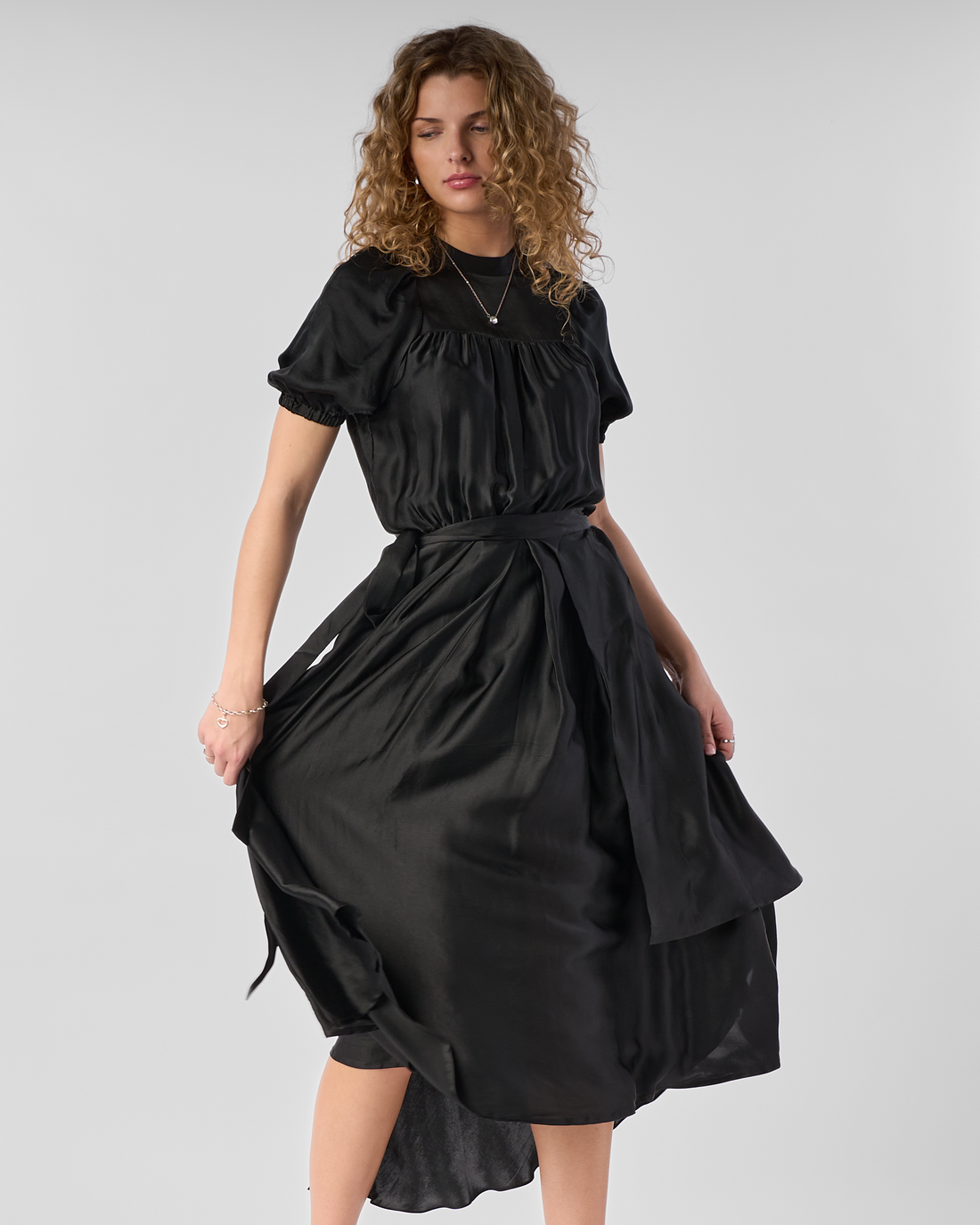Silk is a natural protein fiber, which is highly breathable and temperature-regulating. It can keep you cool in hot weather by wicking away moisture from the body. Not only has this provided insulation and warmth in colder conditions, but it also.
Its smooth, soft texture feels gentle against the skin, making it a perfect choice for garments worn close to the body, like lingerie and formal attire. But have you ever pondered why silk comes with such a hefty price tag? What makes this valuable fabric so expensive?
This article will explore five reasons this precious textile often commands a premium price.
Top 5 Reasons Why This Valuable Fabric Is So Expensive
Here are the top 5 reasons:
- Labor-Intensive Harvesting Process:
The silk journey begins with the silkworm, the caterpillar of the silk moth (Bombyx mori). These tiny creatures spin cocoons made of silk threads, a process that requires immense care and attention. The cocoons must be carefully worn to harvest the silk, a task known as "reeling."
Reeling is a highly labor-intensive process that demands precision and expertise. It is typically done by skilled workers who delicately extract the silk threads from the cocoon without breaking them. A single cocoon can yield a thread that stretches up to 900 meters long.
- Limited Natural Resources:
Silk is a natural protein fiber, and it is produced exclusively by silkworms. Unlike other textiles that can be sourced from various plants and animals, silk relies solely on the silkworm's ability to create the raw material. This limited natural resource contributes to the high cost of silk.
Furthermore, silk production heavily depends on the climate and environmental conditions of the region where the silkworms are raised.
Factors like temperature, humidity, and the quality of mulberry leaves (the primary food source for silkworms) all play a crucial role in determining the quality and quantity of silk that can be harvested.
As a result, silk production is susceptible to variations in weather and other environmental factors, which can impact its availability and price.
- Labor-Intensive Knitting Process:
Once the silk threads are harvested, they undergo an intricate weaving process to transform them into fabric. This weaving process is also labor-intensive, requiring skilled artisans to create the intricate patterns and designs that silk is known for.
Silk weaving can be done using various techniques, such as hand weaving, jacquard weaving, or mechanical weaving. Hand-weaving, in particular, is a time-consuming and meticulous process where weavers use traditional looms to craft the fabric by hand. This level of craftsmanship adds to the cost of silk products, as it involves skilled labor and a considerable amount of time.
- Quality and Grade Variation:
Not all silk is created equal, and the quality and grade of silk can vary significantly. The highest-quality silk is often called "mulberry silk," which comes from silkworms exclusively fed mulberry leaves. Mulberry silk is prized for its smooth texture, sheen, and durability.
Lower-grade silks, such as wild silk or tussah silk, come from silkworms that feed on other plants and have a coarser texture. The grade of silk can also be affected by factors like the age of the silkworm, the climate in which it was raised, and the care taken during the production process. High-quality mulberry silk commands a premium price, further contributing to the overall cost of silk products.
- Time-Consuming Dyeing and Finishing:
After the silk fabric is woven, it often undergoes a dyeing and finishing process to achieve the desired color and texture. Silk is known for its vibrant colors, but achieving these hues can be time-consuming and delicate.
Silk is highly receptive to dyes, but dyeing silk requires expertise to ensure the colors are even and long-lasting. Additionally, the finishing process involves treatments to enhance the fabric's softness, sheen, and texture. Whether done by hand or using specialized equipment, these treatments add to the cost of producing silk textiles.
Conclusion
The high price of silk can be attributed to a combination of labor-intensive processes, limited natural resources, variations in quality, and time-consuming techniques involved in its production.
While silk may come with a substantial price tag, its luxurious feel, exquisite appearance, and timeless appeal continue to make it a sought-after fabric for those who appreciate its unique qualities.
So, the next time you buy a silk garment or accessory, you'll have a deeper understanding of the factors contributing to its expense.
If you are a woman and looking to enhance your look with elegance and luxury, consider visiting BELLAA. BellaKate is your go-to destination for acquiring exquisite silk clothing that enhances your style and adds a touch of luxury to your wardrobe.
Are you ready to experience the luxury of silk? Why wait? Shop BELLAA's silk collection now.

